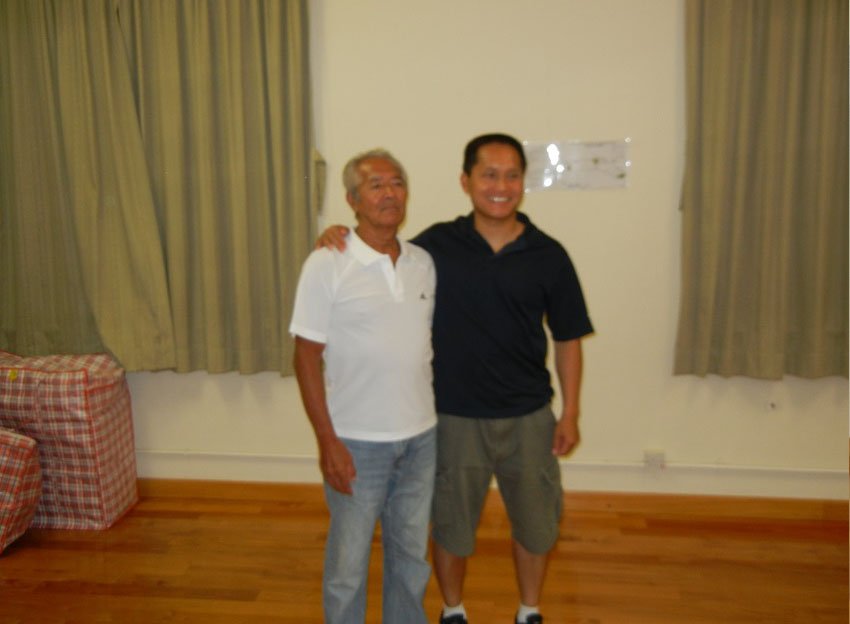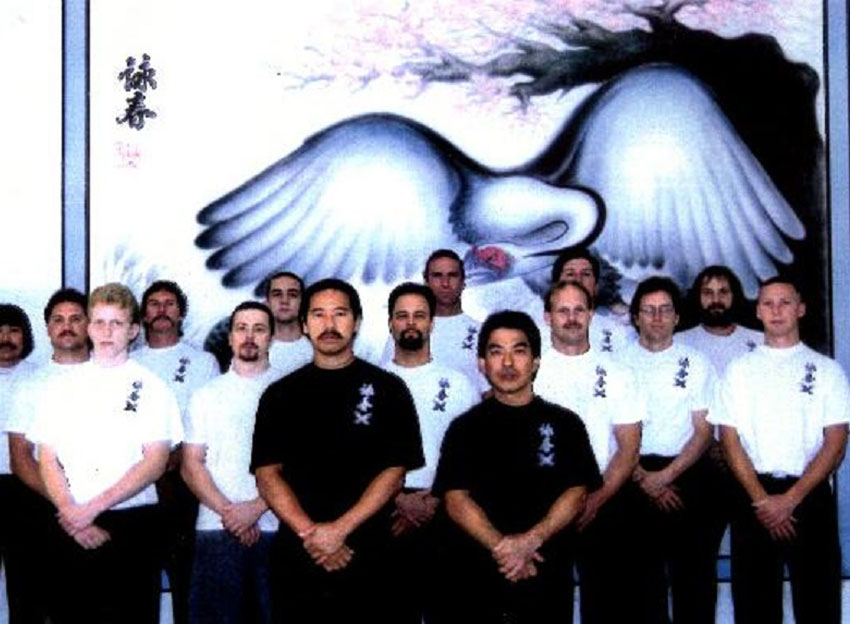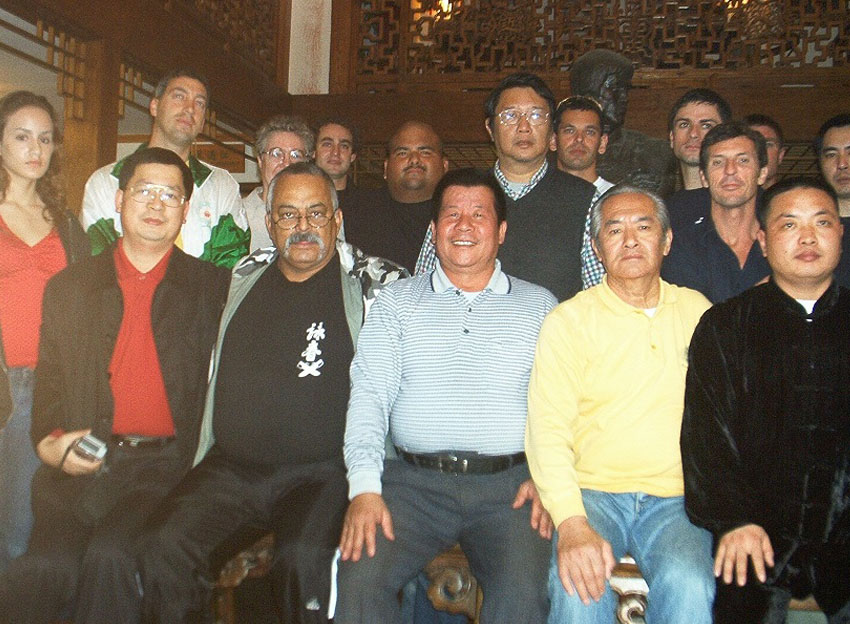Free Lessons for Active Duty Military Personnel and ROTC Cadets
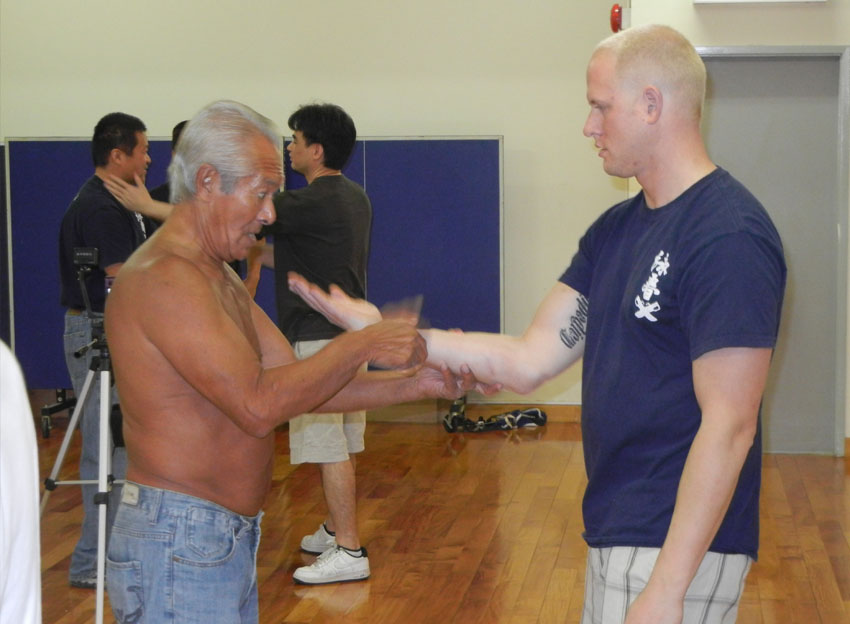
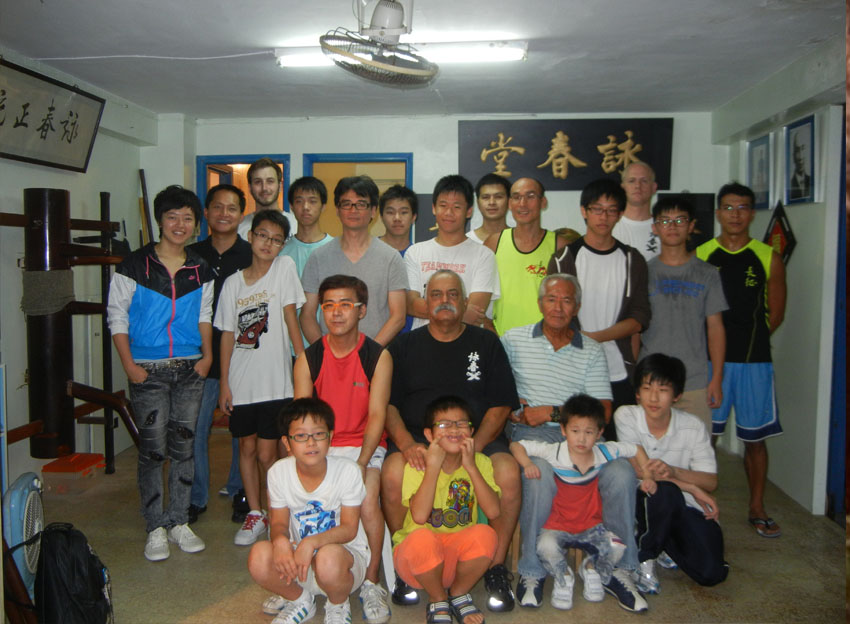

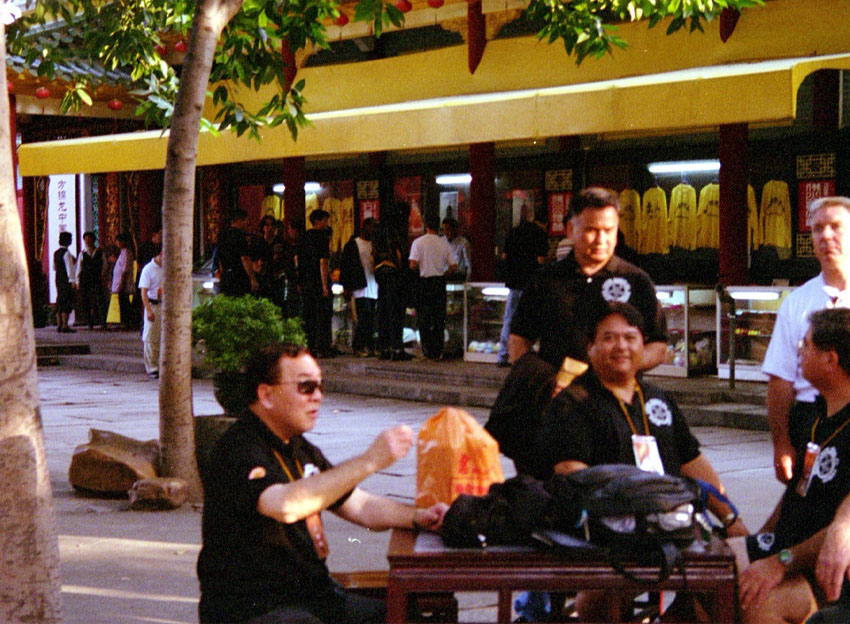
For years, the Sil Lum (Shaolin) temple was well-known for its religious and military arts scholars. Ming dynasty generals and prominent Chinese clans would send their family members to study at the temple. In addition, high-ranking officials often put their sons through rigorous military arts training provided by the temple’s warrior monks.
However, in the 17th century, political turmoil ravaged China. The Ming dynasty’s political power and economic might gradually weakened after many years of border warfare. This included the long, drawn-out war in Korea against invading Japanese armies. The Ching dynasty, a once-close Ming ally, steadily grew stronger and bolder as they gained political control of the northern Chinese provinces in the early 1600s. In 1644, the new Ching government controlled all the major territories held by the former Ming emperor. The fleeing government and military survivors of the vanquished Ming dynasty faded into various communities throughout China. Since the warrior monks of the Sil Lum temple in the Honan province were Ming supporters, they relocated to the southern Sil Lum temple in the Fukien province.
At this temple, five Chinese youths, each from prominent families, began training under the warrior monks. They were destined to become the famous “Five Elders of Sil Lum.” Four of them were men, namely Fung Doe Duk (eldest in learning rank), Bak Mei (eldest in biological age), Jee Shin, and Mew Hin. They trained together in the Weng Chun Dein (Eternal Springtime Hall). The lone woman, Ng Mui, joined her kung fu brothers several years later.
In the Weng Chun Dein, two prominent Sil Lum martial arts were taught: Weng Chun Dein Dragon and Weng Chun Dein Tiger. Other major animal-based kung fu styles were also taught, including Weng Chun Dein Snake, Weng Chun Dein Leopard, and Weng Chun Dein Crane. The hall also became a training ground for long fist and weapon-based kung fu.
More than 10 years passed before the five youths became mature Sil Lum experts. After swearing to restore the Ming Dynasty, they trained other Chinese loyalists in kung fu. They hoped that a trained army of kung fu fighters could overthrow the northern Ching barbarians. This same movement created the most notorious Chinese secret societies, known as the “Triads.” Of the Five Elders, Bak Mei did not fully support the overthrow effort and expressed disinterest in political matters. This led to a growing rift between him and his four peers.
Following the fall of the temple, the Five Elders traveled independently for almost a year and a half before reaching the western mountains of China. They disguised themselves as Taoist priests and a nun since Taoists still enjoyed religious immunity and were not questioned by Ching troops. During their long travel, the Five Elders honed their martial arts skills and developed several refined fighting systems that required shorter training periods. In 1675, they reached a temple on O-mei Mountain in the Sichuan province.
Unfortunately, the Five Elders could not agree on the extent of their political involvement and the number of students they should teach. They decided to settle the dispute through a martial arts match between Bak Mei and Jee Shin. Bak Mei was known for his internal and external physical abilities as a noted lantern fire lighter when he was younger. His ability to whip his legs and back joints to propel his body to twice his height made him a formidable fighter.
During the match, Jee Shin used his favored long fist techniques to hit Bak Mei with multiple blows. But, Bak Mei’s tucked-in, crouched tiger posture proved to be an effective defense. He eventually defeated Jee Shin with a series of phoenix eye punches. The implications of this match were far-reaching. Jee Shin died from his wounds, which shocked the other elders. Mew Hin challenged Bak Mei to another fight but was defeated and lost his life. The deaths of Jee Shin and Mew Hin caused tensions to rise.
Fung Doe Duk was next to take on Bak Mei. Having witnessed the first two matches, Fung Doe Duk successfully avoided Bak Mei’s favorite techniques but failed to land any of his initial maneuvers. The final blow came from Fung Doe Duk as he delivered a bone-crushing kick to Bak Mei’s foot. Bak Mei was unable to recover and died a short time later.
Soon, Fung Doe Duk and Ng Mui parted ways to travel and teach on their own. Fung Doe Duk taught his Bok Fu Pai style and other Sil Lum martial arts to his followers. He spent much of his final years in Western China, keeping his distance from most of society. Ng Mui taught her Mui Fa Pai style and other Sil Lum martial arts to her followers. She also became the matriarch of martial arts to her blood relatives in the Fong clan.
The entire Sil Lum Kung Fu teaching system took Ng Mui and her kung fu brothers almost 15 years to learn. After leaving the Sil Lum temple, she saw the need to modify her teaching practices. To effectively teach large groups of Ming loyalists, the traditional 10- to 15-year Sil Lum kung fu curriculum had to be divided into 2- to 3-year systems. Each 2- to 3-year portion was a complete fighting system formed around two animal forms and one weapon. This allowed many followers to quickly specialize in certain areas of kung fu that suited their specific body types and levels of aggressiveness.
Ng Mui renamed her Dragon-Tiger system to Mui Fa Pai. Today, this concave-chest-postured (i.e., crouched) Dragon-Tiger system has many different versions and names. The Mui Fa fighting system is almost similar to its sister arts. These include those of Bak Mei, Lung Ying, Southern Praying Mantis, Bak Fu, and Yau Kun Moon. In addition, these sister systems use the concept of being very aggressive from the best possible defensive posture.
Some of Ng Mui’s teachings were not centered on offensive abilities, as several students were taught counter-fighting principles. Ng Mui instructed Fong Weng Chun, a male student, to specialize in the two animal systems referred to as Weng Chun Dein Fu-Hok Sheong Ying. However, most Fong clan members preferred the Crane techniques. Ng Mui also instructed Yim Wing Chun, a female student, to specialize in Weng Chun Dein Sae’I-Hok Sheong Ying (the Eternal Springtime Hall’s Snake and Crane form). Yim Wing Chun did not learn to fight with a weapon as she was young and not expected to fight the Ching army.
